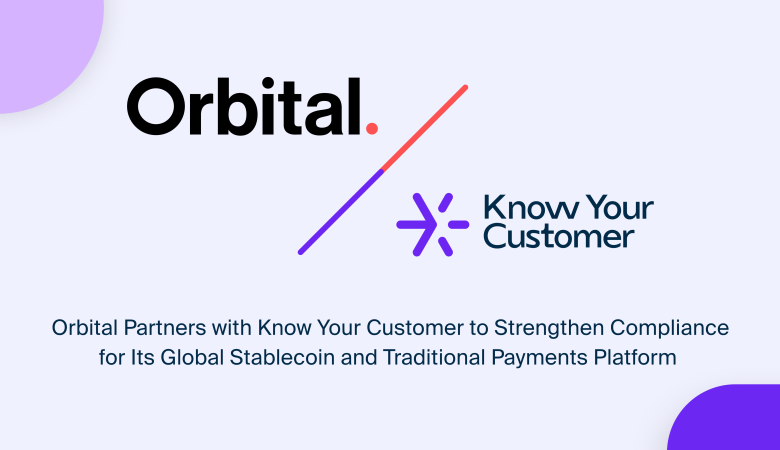In the rapidly evolving world of digital marketing, TikTok has emerged as a powerful platform. Its short, engaging videos captivate over 1 billion active users across the globe. Commonly perceived as a Gen Z and Millennial activity, TikTok’s potential extends far beyond dance challenges and viral trends.
Given the vast number of active users, B2B (business-to-business) companies are increasingly exploring how they can weave TikTok into their marketing strategy; reaching new audiences, humanising their brand and showcasing their expertise innovatively.
As TikTok is predominantly an entertainment platform, promoting products/ services to other businesses may be a struggle, as business professionals may not be actively searching for new clients when relaxing on TikTok in their spare time.
Due to these challenges and perceptions, it’s important to weigh up the pros and cons for B2B companies starting a TikTok account. Is TikTok the right fit for your business strategy?

Pros:
Wider Reach and Engagement
TikTok’s algorithm stands out from other platforms by prioritising content based on user preferences and behaviour, rather than follower counts. This means that even without a large following, B2B companies can reach their target audience effectively. Content is promoted to users who are likely to find it relevant and engaging, leading to higher chances of meaningful interaction and engagement.
For B2B companies, this is a significant advantage. They don’t have to compete directly with influencers or viral pet accounts to get noticed. Despite the niche nature of B2B content, with its professional tone and focus on product or service promotion, TikTok ensures that such content can still resonate with the right audience and generate substantial engagement.
Humanising the Brand
TikTok, as an entertainment platform with flexible content options, offers B2B companies a valuable opportunity to break away from a strictly corporate image. By sharing behind-the-scenes footage, participating in trending challenges, and showcasing fun team activities, B2B companies can present a more personal and relatable side to their audience.
Featuring employees in TikTok videos adds a human element to the brand, enhancing its relatability and trustworthiness. This type of content highlights the people who drive the business’s success, making the company more approachable and engaging to its audience.
SEMrush’s marketing department exemplifies this through its TikTok account. Viewers regularly engage with employees who appear in the videos, portraying their brand as friendly and approachable.
Creative Content Opportunities
The platform’s diverse range of tools and features, such as effects, filters, and music, enables brands to create engaging and memorable content that stands out in a crowded digital landscape.
TikTok’s don’t tend to take too long to produce because of the short amount of time, and the laid-back nature of the platform. They can also be deleted, made private or restricted at any time, making it a great place for people starting in content creation, and finding the type of content they want to post.
Examples of creative content include bite-sized educational content, product demonstrations, reviews, reposting UGC (user-generated content) and following trending content. Exhibition stand design and build contractor Quadrant2Design has recently started TikTok, creating videos such as printing ASMR, office behind-the-scenes and trade show visits.
Cons
Demographic Mismatch
TikTok’s primary user base falls within the 16-24 age range, which might not align with the typical audience B2B companies aim to reach. Business decision-makers and professionals, who are the key targets for B2B marketing, are more likely to conduct research through platforms like LinkedIn or Google, where the focus is on professional networking and information.
Despite this, TikTok’s sophisticated algorithm, massive user base exceeding a billion, and the relatively low effort required for content creation present an intriguing opportunity. The platform’s potential to generate even a few valuable business opportunities can make it a worthwhile investment.
Building a presence on TikTok can enhance overall online visibility. If the platform doesn’t yield the desired results, it’s easy to reallocate resources to more traditional channels without significant loss.
Content Creation Demands
To gain and retain followers on TikTok, consistent posting is crucial. The platform thrives on frequent updates and trending content, requiring a constant flow of fresh, engaging material. This presents a significant challenge for B2B companies that may lack dedicated resources for such intensive content production.
Maintaining an active TikTok presence requires a team member with sufficient social media expertise and the ability to execute a successful strategy. Without these resources, consistently producing high-quality content that resonates with the TikTok audience can be difficult, potentially hindering the effectiveness of the platform for B2B marketing.
Measuring ROI
Evaluating the long-term impact of TikTok campaigns on brand reputation and customer loyalty is challenging due to the platform’s emphasis on short-term engagement. TikTok’s metrics primarily focus on views, likes, and shares, which don’t directly translate to lead generation and conversion rates.
While TikTok can aid in the decision-making process by enhancing brand credibility and image, it is rarely the sole reason a client chooses your business. This makes it difficult to directly attribute leads or client acquisitions to TikTok content.
As a result, justifying the time and resources invested in TikTok can be challenging. The lack of clear, quantifiable success metrics makes it hard to prove the platform’s effectiveness in driving tangible business outcomes.
Conclusion
TikTok presents both exciting opportunities and significant challenges for B2B marketing. While it offers a unique way to engage with audiences and humanise brands, it also demands substantial content creation efforts and poses difficulties in measuring ROI. Ultimately, B2B companies must carefully weigh these pros and cons to determine if TikTok aligns with their broader marketing strategy and objectives.






Pingback: Unlocking TikTok's Potential: Tap Into Analytics